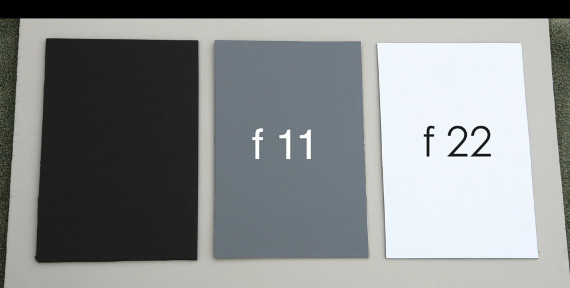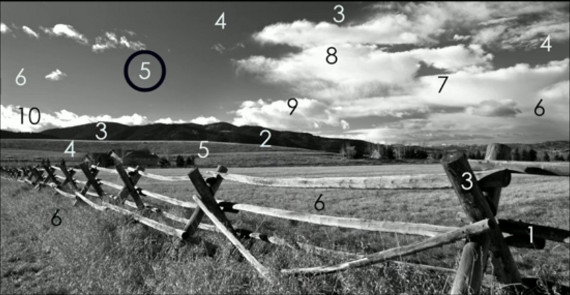Hand-held light meters may seem like old technology compared to our modern-day DSLRs, but they are still widely used by many photographers and most cinematographers. Light meters give an accurate reading of the surrounding light so that you can properly exposure your scene. However, there are different types of light meters which can give you different readings depending on the situation. Each has their own purpose and you may not rely on a single type to determine the exposure for every scene:
Though this video opens much like a political ad campaign and ends like an episode of Mr. Rogers, it provides some very important and useful knowledge. Light meters are poorly understood by those who don’t use them or understand the Zone System, but Vargo does a good job of explaining the differences between incident and spot meters and how each can be used successfully.
Incident meters are great for sunny days and situations in which your subject is partly in light and partly in shadow because it reads the light through a 3D dome. A flat disk reading works poorly in these situations because it is either all in shadow or all in light. The spot meter is perhaps the best because you can simply point it at the area for which you want to properly expose as neutral, and it is great when your subject is far away or in a very complex lighting situation.

Since a spot meter wants to expose things at neutral gray, it gives a reading of f/22 to compensate for the bright white card

The Zone System assigns numerical values to areas with different levels of brightness.
Go to full article: The Difference Between Incident and Spot Meters
What are your thoughts on this article? Join the discussion on Facebook
Article from: PictureCorrect